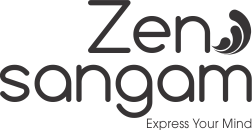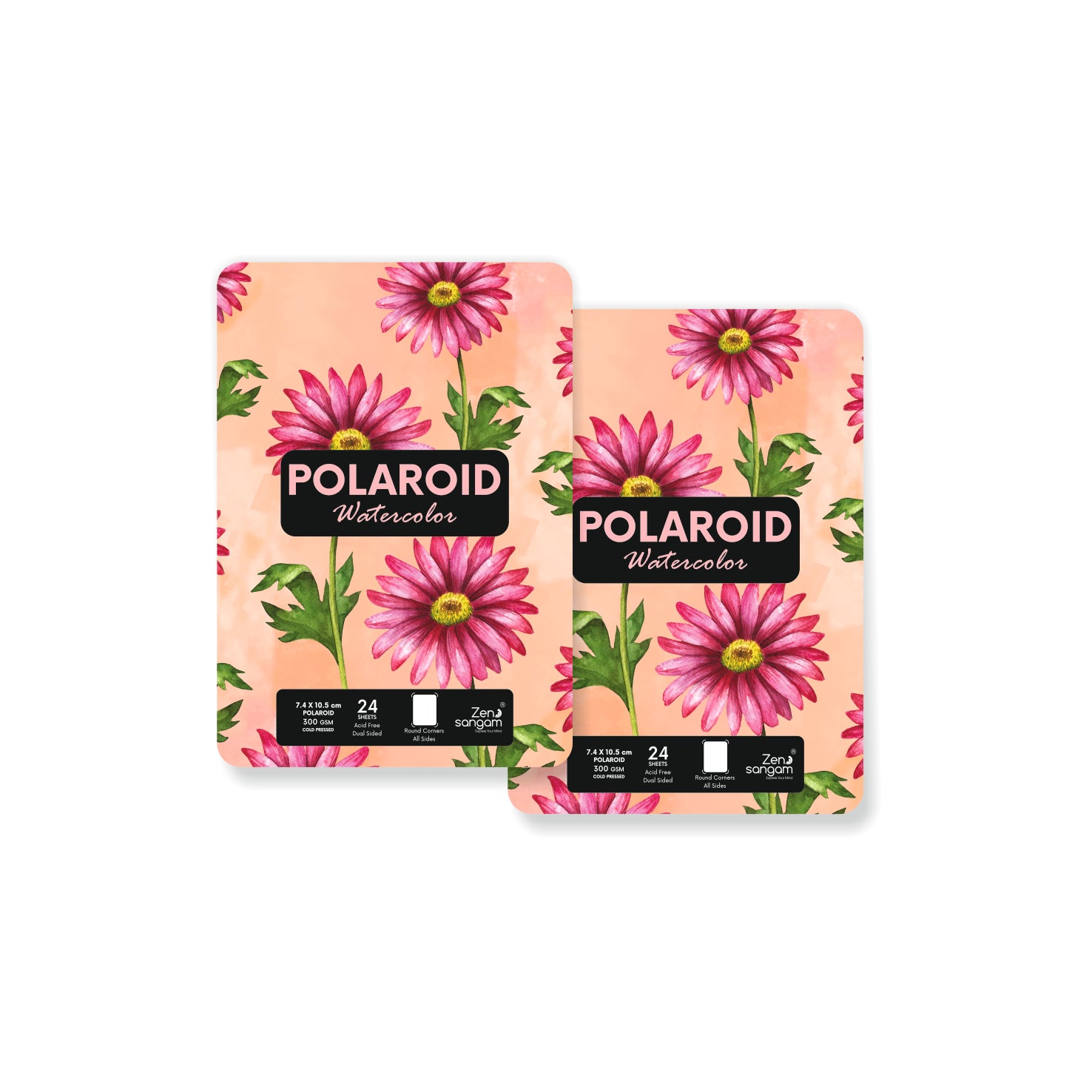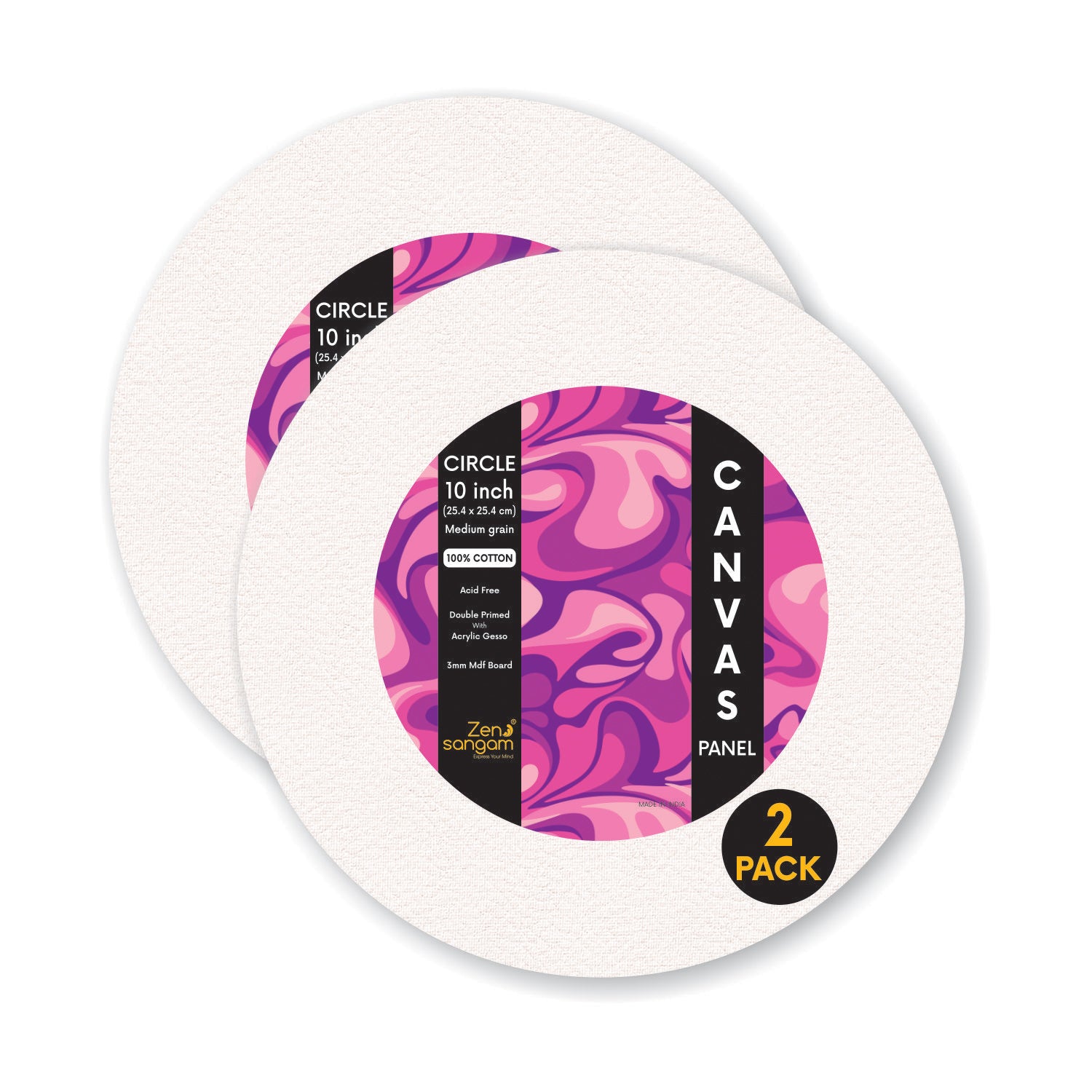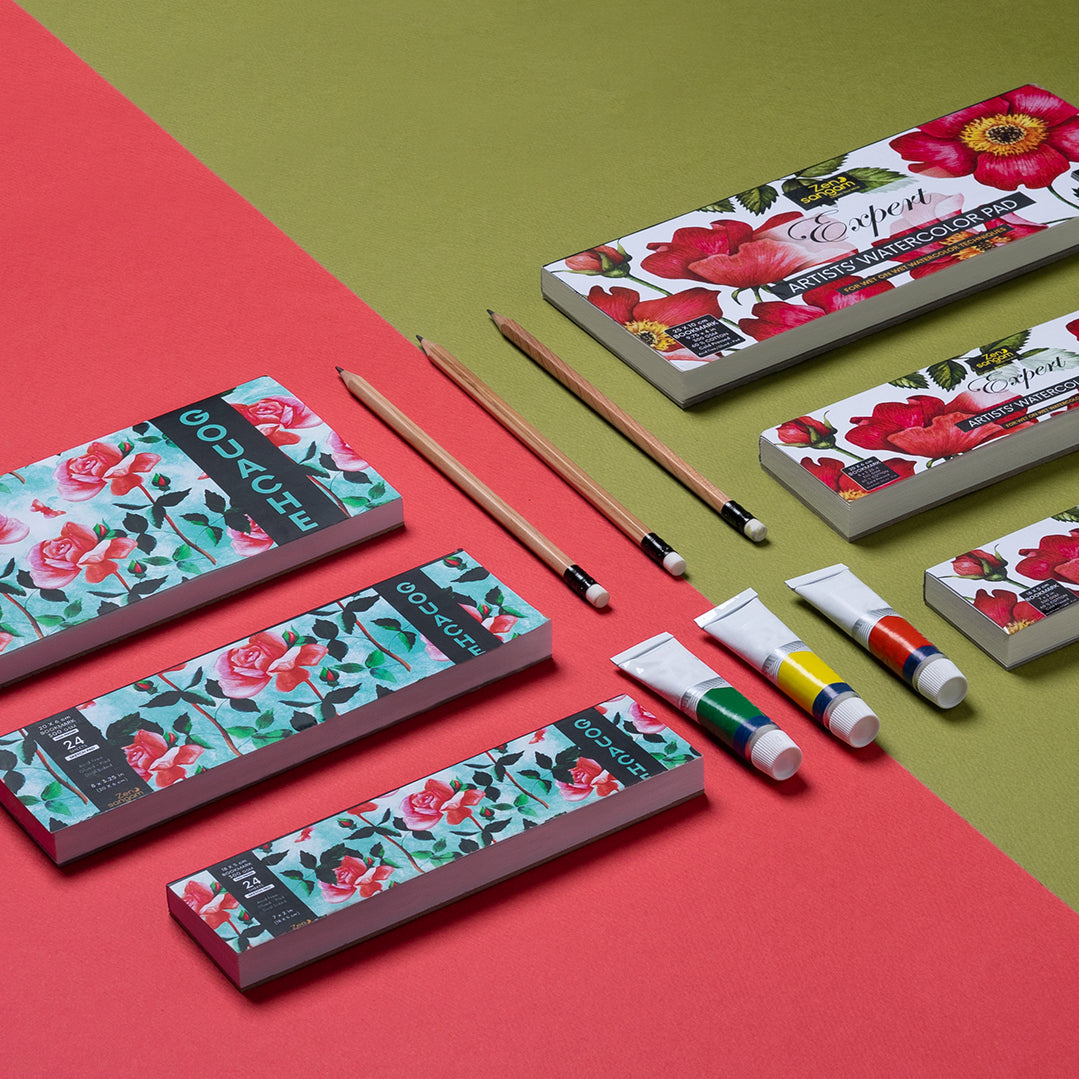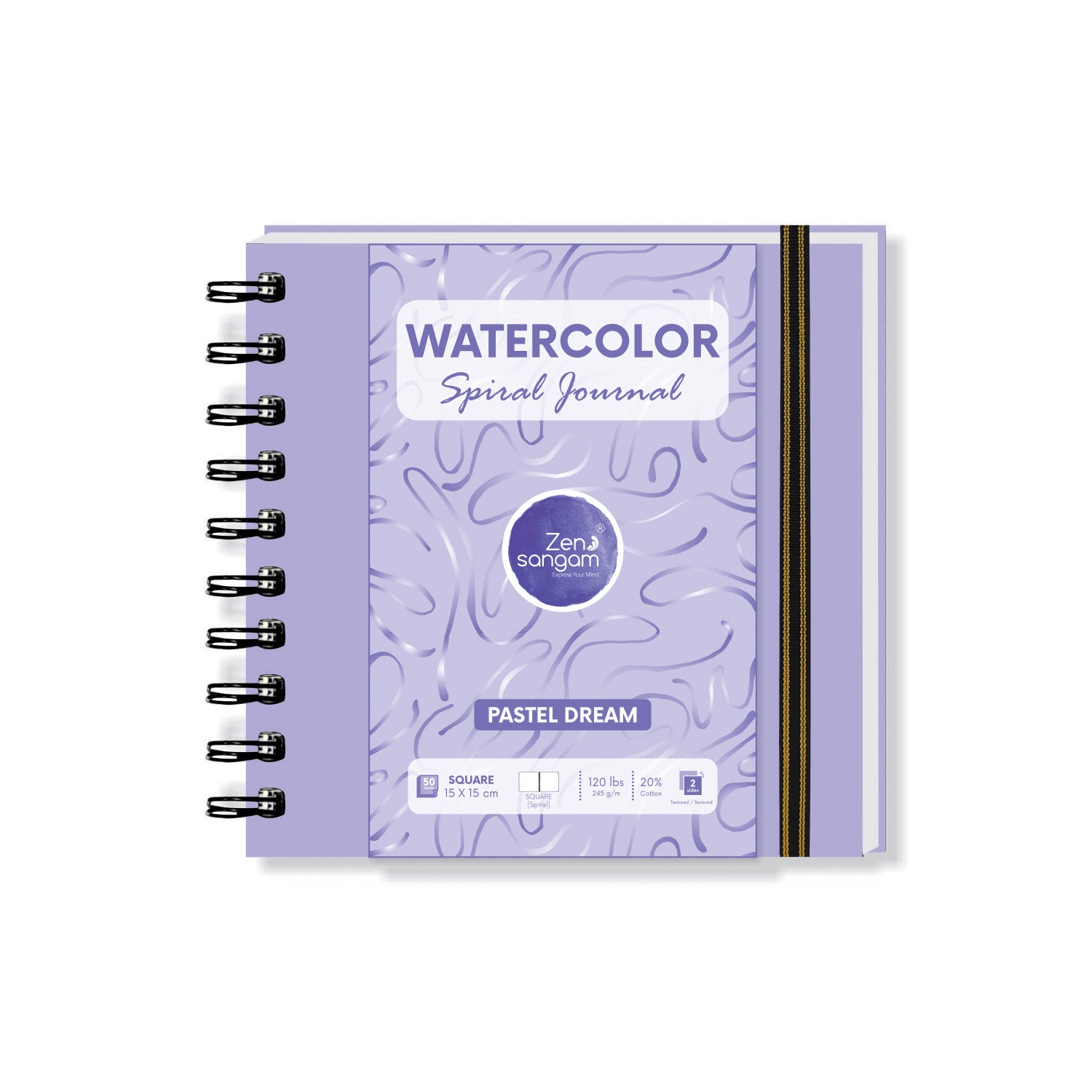Gouache combines the flexibility of watercolour with the flow of acrylics. When learning how to draw or paint, there are various mediums and drawing and painting techniques you can try before figuring out what best suits. Gouache might be my favourite medium. It combines the flexibility and workability of watercolour with the opaque and flow of acrylics. I find it to be the most versatile medium to paint with.

Basic tips you need:
- Get a brush stroke texture by using Aquapasto medium. You can also use acrylic texture gels to get a different effect.
- Simply mix gouache with acrylic medium. Please note that this may reduce the matte look of plain gouache.
- Something that may take a while to perfect is the amount of water added to gouache. You don’t want too much water (like with watercolor) but you also don’t want it too thick as this can lead to cracking. The consistency should be like cream and allow the gouache to flow smoothly from the brush.
- When painting layers of gouache, it’s important to make sure the first layer is completely dry. If not, the layers will bleed into one another. You also don’t want to overwork a layer as this could cause the bottom layer to lift off.

New to using Gouache? Here are 4 Gouache techniques you need to know.
Mix the Right Consistency:
Typically, you don't want to use gouache right out of the tube. A little water goes a long way. Think of melted mayonnaise — even though that might be a gross concept, that's the consistency you're after! If you have trouble getting the water level just right, use a spray bottle to mist on a little at a time instead of dipping your brush over and over.

Apply as a Wash:
When you dilute gouache with water, you can apply it as a wash that will dry opaque.Warning: Because gouache is water-soluble and water-permeable, when you paint over the background layer, you run the risk of bringing up pigment from previous layers, which can muddy your colors in ways you didn't anticipate. To reduce this, make sure your background layer is completely dry, and be thoughtful as you layer over with a wet mixture.
Create Detailed Line Work:
One benefit of gouache is that you can layer opaque painted lines over opaque backgrounds. (Again, be sure to let your background wash dry completely first.) This gives you nearly endless possibilities for creating detailed compositions. Contrast is key for really letting the line work show through. Think light and dark, cool and warm, and complementary colors.

Try Scumbling:
Gouache is typically smooth in texture, but if you're going for a rougher look, scumbling can be a great technique. Use a large, flat, dry brush — no water! — loaded with only a bit of paint. When you pull the brush over the surface, you'll notice some gaps in the stroke, which lets the background color through and creates a different texture.

Gouache is a forgiving medium and suits best for those who are beginning on their journey with wet media! Do give it a shot and start creating magic!
Zen Sangam's Gouache Pads are your perfect companions for exploring this medium and you can also check out our Gouache Sheets!
If you want to know more about other media, refer these link:
Color Pencil Using Techniques for Beginners
Crayons Using Techniques for Beginners
Felt Tip Pens Using Techniques for Beginners
Markers Using Techniques for Beginners
Oil Pastel Using Techniques for Beginners
Glitter Pens Using Techniques for Beginners
Brush Pens Using Techniques for Beginners
Pencil Shading Using Techniques for Beginners
Charcoal Pencil Using Techniques for Beginners
Oil Painting Using Techniques for Beginners
Acrylic Painting Using Techniques for Beginners
To explore our Coloring Books
